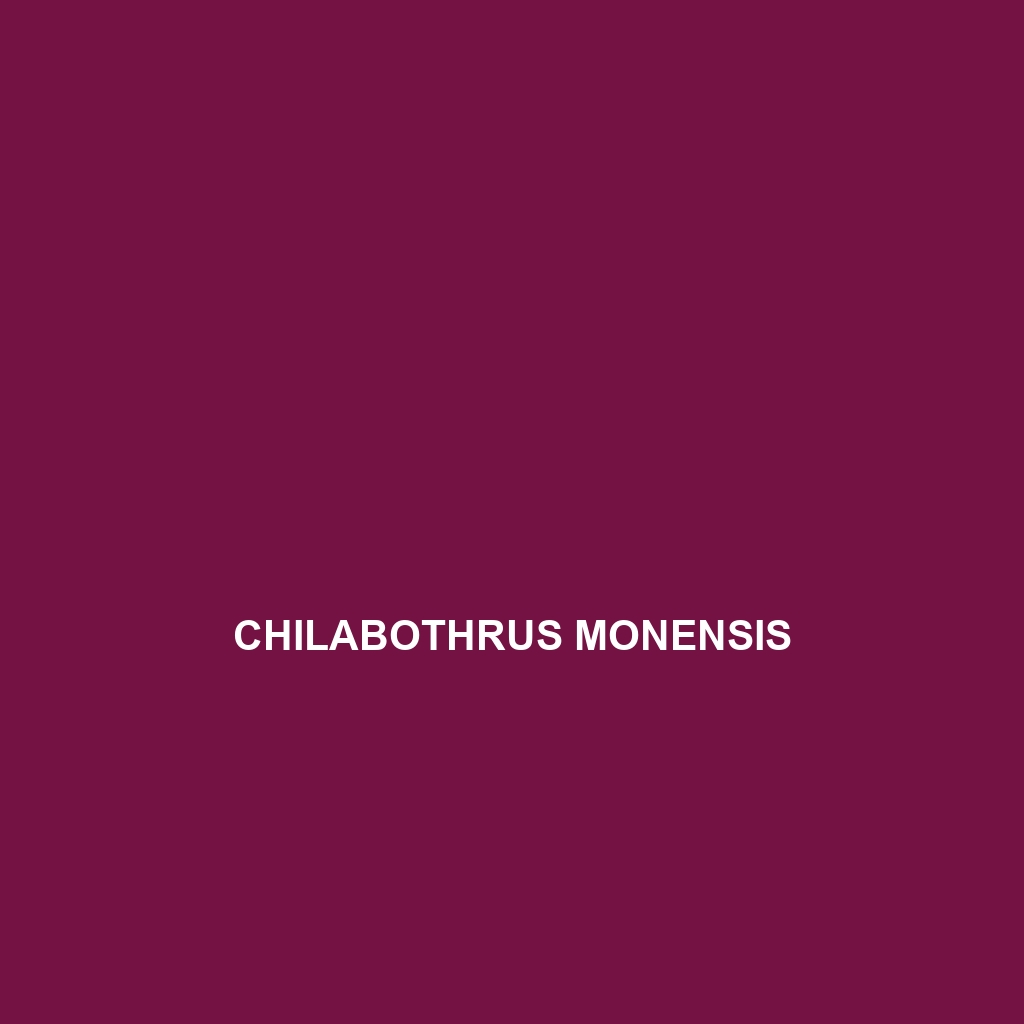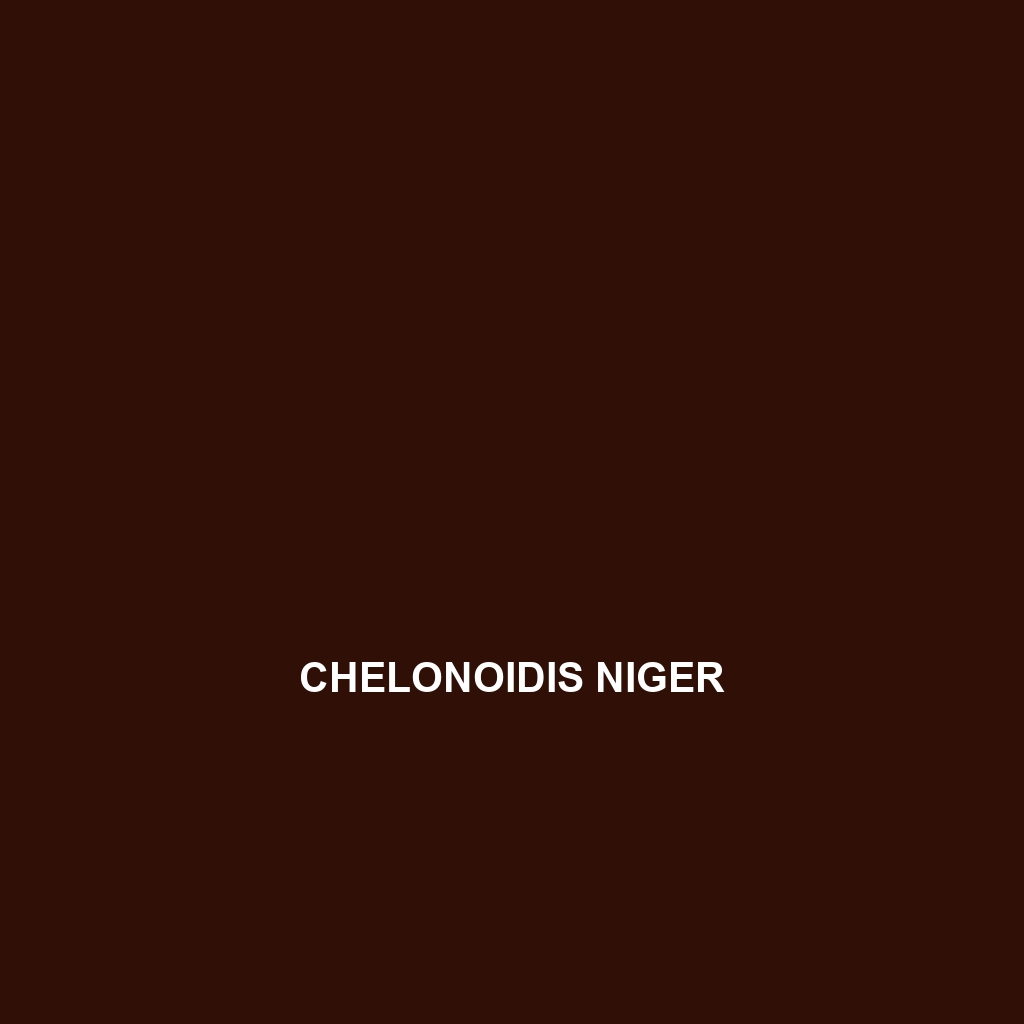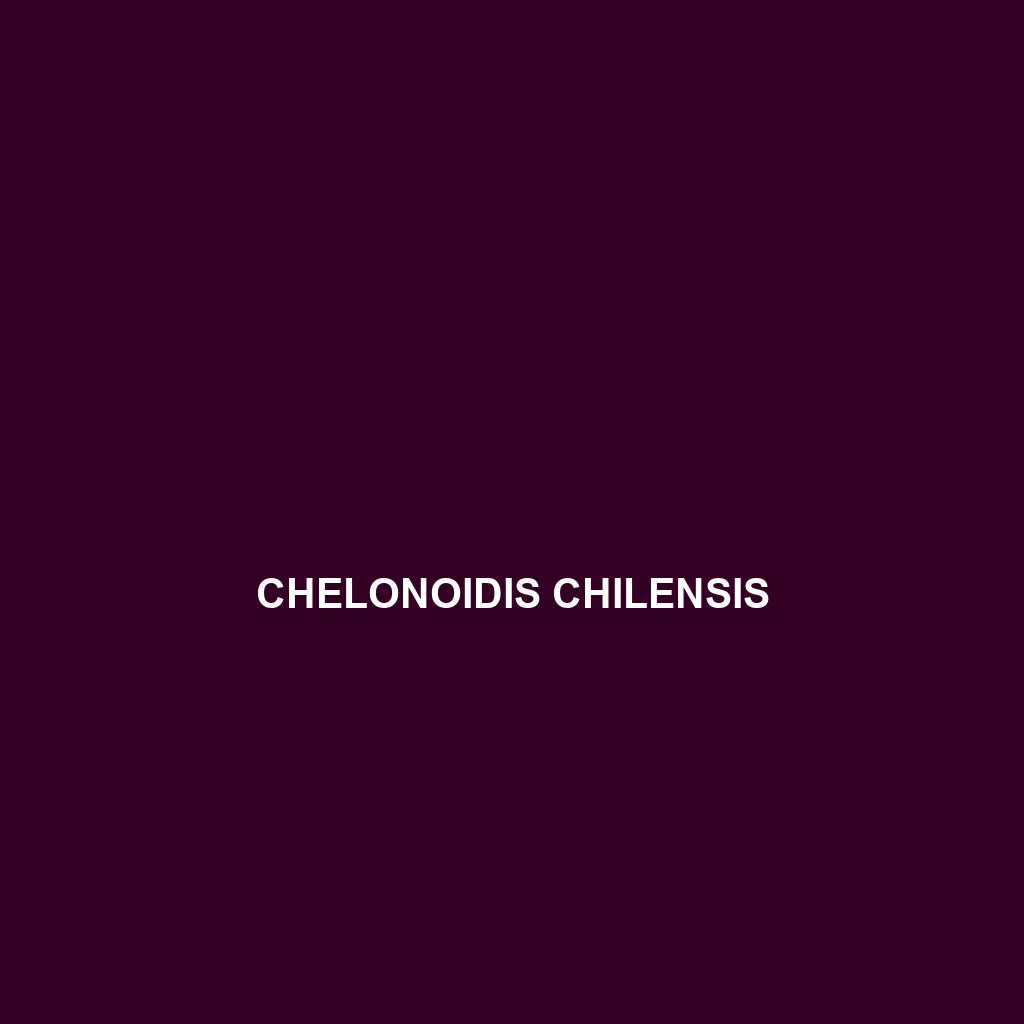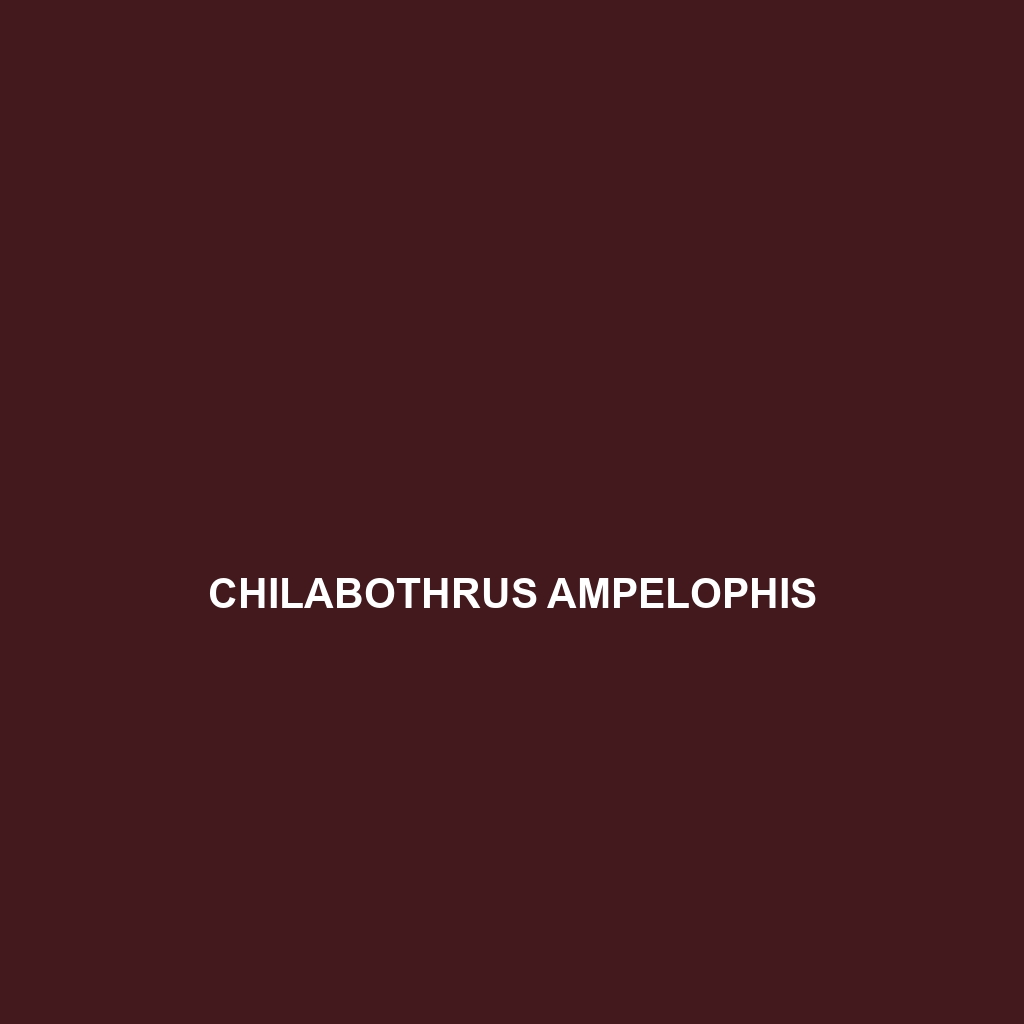
Tag: IUCN Red List
-

Chilabothrus strigilatus
: The Jamaican Boa (Chilabothrus strigilatus) is a striking snake native to Jamaica, reaching lengths of up to 2.5 meters with a robust body and distinctive coloration. This nocturnal constrictor plays a vital role in its ecosystem by controlling prey populations and is currently classified as vulnerable due to habitat loss.
-

Chilabothrus subflavus
The yellow-bellied boa (Chilabothrus subflavus) is a striking and adaptable snake native to the Caribbean, known for its impressive 2-meter length, distinctive yellow-bellied underside, and nocturnal, ambush-hunting behaviors. Currently listed as vulnerable, it plays a crucial ecological role while facing threats from habitat destruction.
-

Chilabothrus monensis
Chilabothrus monensis, commonly known as the Virgin Islands boa, is a 3.5 to 4.5 feet long nocturnal constrictor native to the tropical forests of Montserrat. With its brown or gray coloration, distinct dark bands, and vital role in the ecosystem, this vulnerable species employs effective camouflage and ambush techniques to hunt small mammals, birds, and…
-

Chersobius boulengeri
Discover the remarkable Chersobius boulengeri, or Boulenger’s tortoise, a vibrant, herbivorous tortoise native to the arid landscapes of southern Africa, known for its striking yellow-orange limbs and solitary, crepuscular behavior. With a Vulnerable conservation status, this small tortoise plays a crucial role in its ecosystem by aiding in seed dispersal and promoting plant biodiversity.
-

Chelosania brunnea
Chelosania brunnea, commonly known as the brown-cheeked skink, is a diurnal, insectivorous species native to the rainforests of northern Australia and New Guinea, measuring 15 to 25 cm in length with distinctive brown coloration and bright yellow or orange eye markings. This vulnerable skink plays a critical role in its ecosystem by controlling insect populations…
-

Chelus fimbriata
Discover the unique Matamata Turtle (Chelus fimbriata), known for its striking triangular head and excellent camouflage, thriving in the Amazon’s slow-moving rivers and swamps. This fascinating species, which primarily feeds on fish using a suction technique, is listed as “Vulnerable” due to habitat destruction and pollution.
-

Chelonoidis niger
Discover the Galápagos giant tortoise (Chelonoidis niger), a remarkable herbivore from the Galápagos Islands, known for its impressive size of up to 300 kg (660 lbs) and long lifespan exceeding 100 years. This vulnerable species plays a vital role in its ecosystem by aiding in seed dispersal and maintaining vegetation balance.
-

Chelonoidis carbonarius
Discover the striking Yellow-footed Tortoise (Chelonoidis carbonarius), known for its vibrant yellow-orange limbs and compact dome-shaped shell. Native to the tropical forests of northern South America, this herbivorous tortoise plays a crucial role in its ecosystem through seed dispersal while thriving in moist environments near rivers and swamps.
-

Chelodina rugosa
Experience the fascinating Chelodina rugosa, or Eastern Long-necked Turtle, known for its long neck and unique ability to breathe through its cloaca, thriving in southeastern Australia’s freshwater habitats. These gentle reptiles play a vital role in their ecosystem by foraging on aquatic vegetation and maintaining ecological balance.
Search
Popular Posts
-
Clelia clelia
Discover the Eastern Racer, Clelia clelia, a stunning snake native to Central and South America, known for its striking black and yellow scales and agility. This diurnal predator thrives in tropical habitats, playing a vital role in local ecosystems by controlling populations of frogs and small mammals.
-
Craspedocephalus puniceus
Discover the vibrant Craspedocephalus puniceus, or Scarlet-headed Rock Python, known for its striking red head and patterned body, thriving in the tropical forests of Southeast Asia. This nocturnal predator plays a crucial role in its ecosystem, controlling rodent populations while exhibiting unique climbing behaviors and territorial displays.
-
Craspedocephalus gramineus
Discover the Craspedocephalus gramineus, or grassy-headed snake, a vulnerable species native to tropical grasslands in South America, characterized by its greenish-yellow coloration and nocturnal hunting behavior. This slender snake plays a vital role in its ecosystem, preying on small mammals and insects while showcasing impressive camouflage against its natural habitat.
Categories
Archives
Tags
animal adaptations (663) animal behavior (4569) animal reproduction (743) bat species (661) behavior (911) biodiversity (6468) conservation (1670) conservation efforts (1240) conservation status (4275) diet (2087) echolocation (822) ecological balance (1109) ecological role (1096) ecology (783) ecosystem (1467) ecosystem role (2480) ecosystem roles (539) endangered species (2280) environmental conservation (593) grasslands (520) habitat (3199) habitat conservation (813) Habitat Destruction (806) habitat loss (2616) herbivorous diet (517) IUCN Red List (1072) nocturnal (571) nocturnal animals (2678) nocturnal behavior (2108) omnivorous diet (585) physical characteristics (1921) reproduction (2821) rodent (677) rodent species (1325) seed dispersal (2023) Seed Disperser (949) seed dispersers (584) small mammals (1155) South America (769) species description (606) tropical forests (871) Vulnerable Species (3769) wildlife (2504) wildlife conservation (3993) wildlife protection (689)



